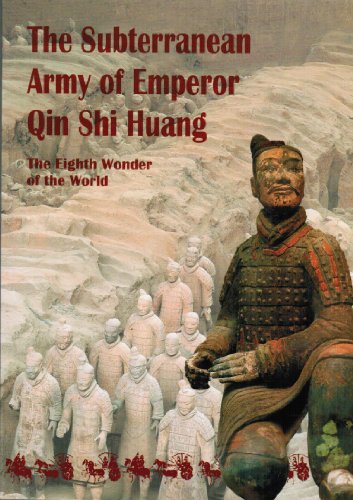Xiaocong Youmin Guo Jianqun (1 results)
FeedbackSearch filters
Product Type
- All Product Types
- Books (1)
- Magazines & Periodicals (No further results match this refinement)
- Comics (No further results match this refinement)
- Sheet Music (No further results match this refinement)
- Art, Prints & Posters (No further results match this refinement)
- Photographs (No further results match this refinement)
- Maps (No further results match this refinement)
- Manuscripts & Paper Collectibles (No further results match this refinement)
Condition
- All Conditions
- New (No further results match this refinement)
- Used (1)
Binding
- All Bindings
- Hardcover (No further results match this refinement)
- Softcover (1)
Collectible Attributes
- First Edition (1)
- Signed (1)
- Dust Jacket (No further results match this refinement)
- Seller-Supplied Images (No further results match this refinement)
- Not Print on Demand (1)
Free Shipping
- Free Shipping to U.S.A. (No further results match this refinement)
Seller Rating
-
The Subterranean Army of Emperor Qin Shi Huang: The Eighth Wonder of the World
Published by China Travel and Tourism Press, Beijing, China, 2002
ISBN 10: 7503218819 ISBN 13: 9787503218811
Seller: Ground Zero Books, Ltd., Silver Spring, MD, U.S.A.
First Edition Signed
Trade paperback. Youmin, Guo (Photographer) (illustrator). 126, [2] p. Includes: illustrations, diagrams. Most illustrations in color This book tells the story of the Emporer Qin Shi Huang, how the mausoleum of the terracotta soldiers came to be unearthed, and its significance. The pit is described and presented in thorough detail, with 127 pages of color photographs. An excellent study of the pit in terms of craftsmanship and artistic appreciation. From Wikipedia: "Qin Shihuangdi (Wade-Giles: Chin Shih Huang; personal name: Zhao Zheng (Wade-Giles: Chao Cheng) was the king of the Chinese State of Qin from 246 BC to 221 BC, during the Warring States Period. He became the first emperor of a unified China in 221 BC. He ruled until his death in 210 BC at the age of 49] Calling himself the First Emperor after China's unification, Qín Sh Huáng is a pivotal figure in Chinese history, ushering in nearly two millennia of imperial rule. After unifying China, he and his chief advisor Li Si passed a series of major economic and political reforms. He undertook gigantic projects, including building and unifying various sections of the Great Wall of China, the now famous city-sized mausoleum guarded by the life-sized Terracotta Army, and a massive national road system, all at the expense of numerous lives. To ensure stability, Qin Shi Huang outlawed and burned many books and buried some scholars alive." Also from Wikipedia: "The Terracotta Army or the "Terra Cotta Warriors and Horses", is a collection of terracotta sculptures depicting the armies of Qin Shi Huang, the first Emperor of China. It is a form of funerary art buried with the emperor in 210 209 BC and whose purpose was to protect the emperor in his afterlife. The figures, dating from around the late third century BC, were discovered in 1974 by some local farmers in Lintong District, Xi'an, Shaanxi province. The figures vary in height according to their roles, with the tallest being the generals. The figures include warriors, chariots and horses. Current estimates are that in the three pits containing the Terracotta Army there were over 8, 000 soldiers, 130 chariots with 520 horses and 150 cavalry horses, the majority of which are still buried in the pits near by Qin Shi Huang's mausoleum. [2] Other terracotta non-military figures were also found in other pits and they include officials, acrobats, strongmen and musicians." Very good. Signed by previous owner. Signed "Chu" on title page. This copy was Secretary of Energy Steven Chu's and was released by him as he completed his government service. First Edtion [stated]. First printing [stated].


